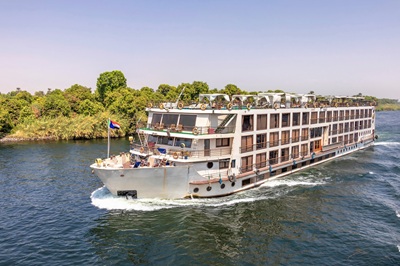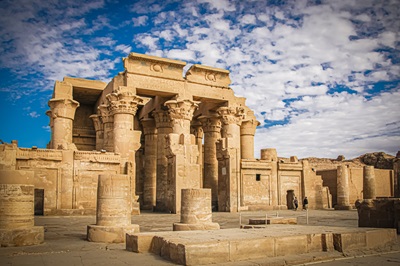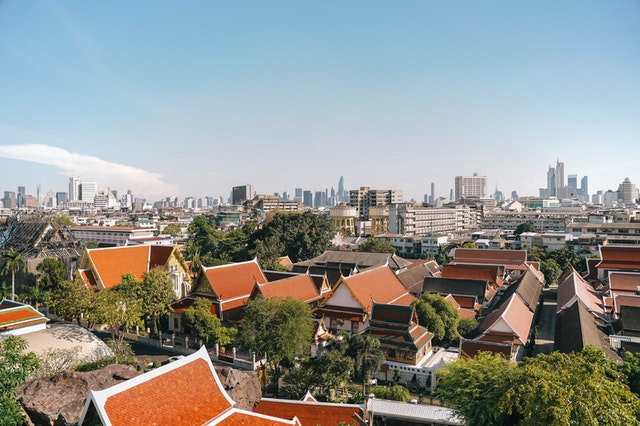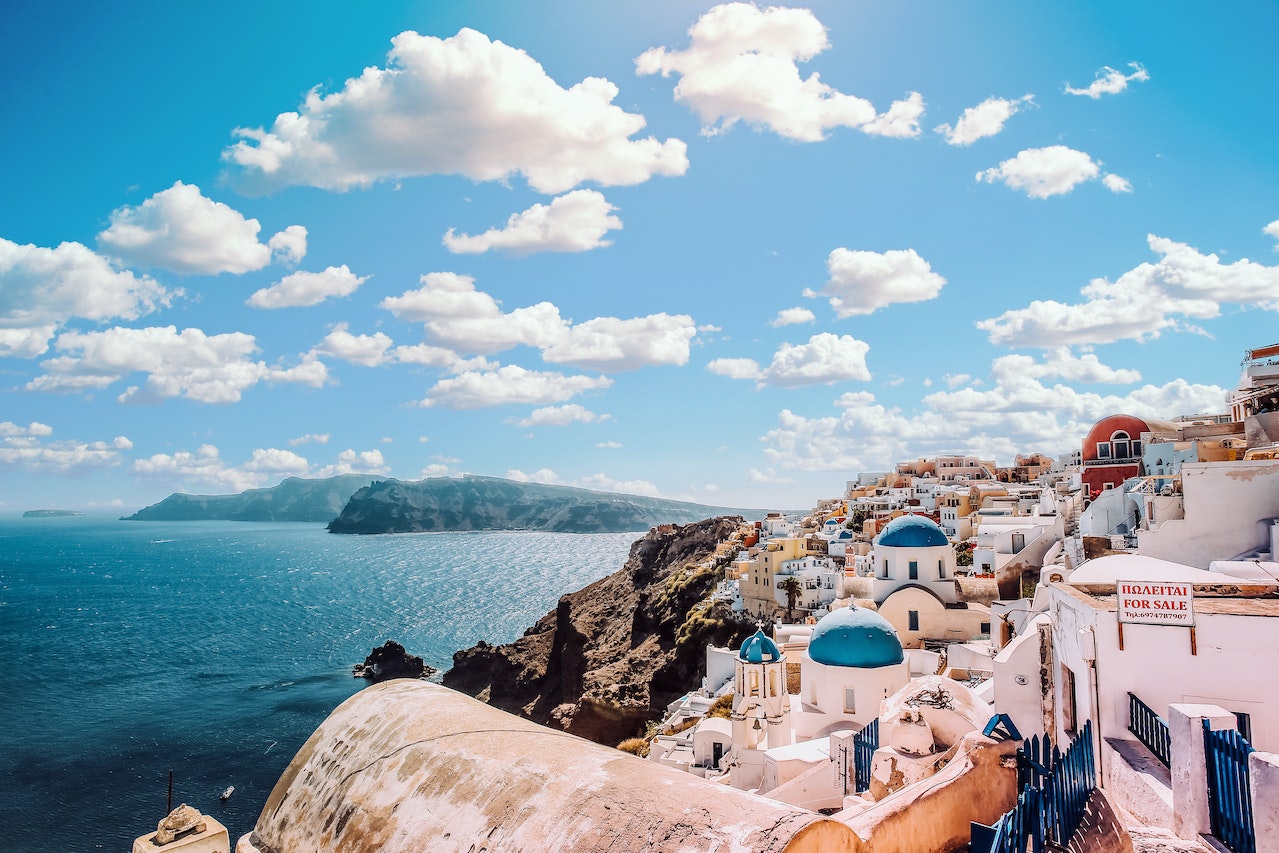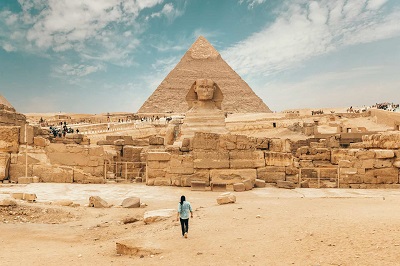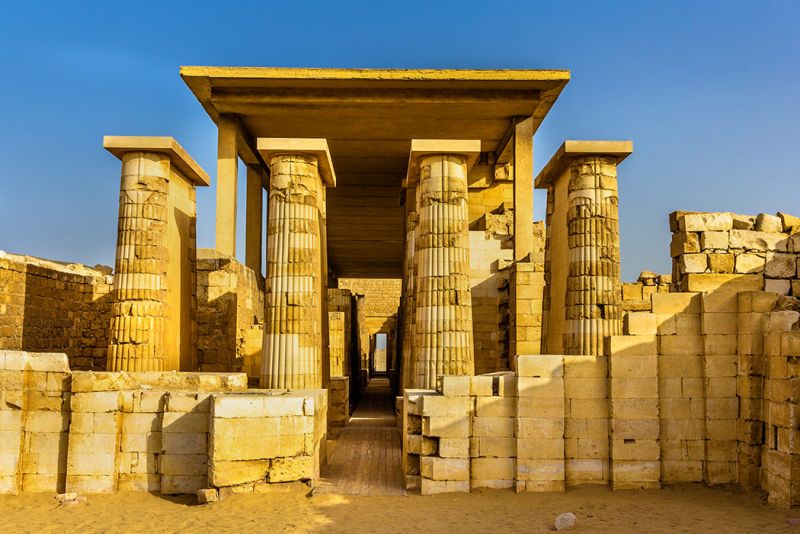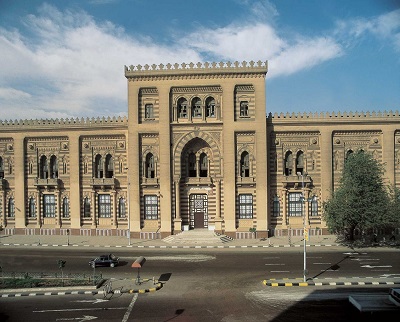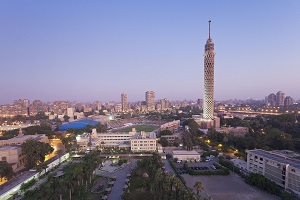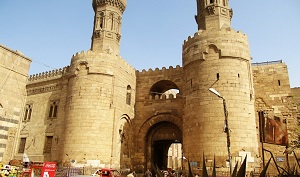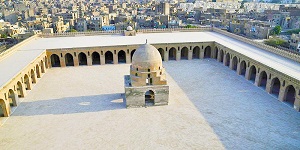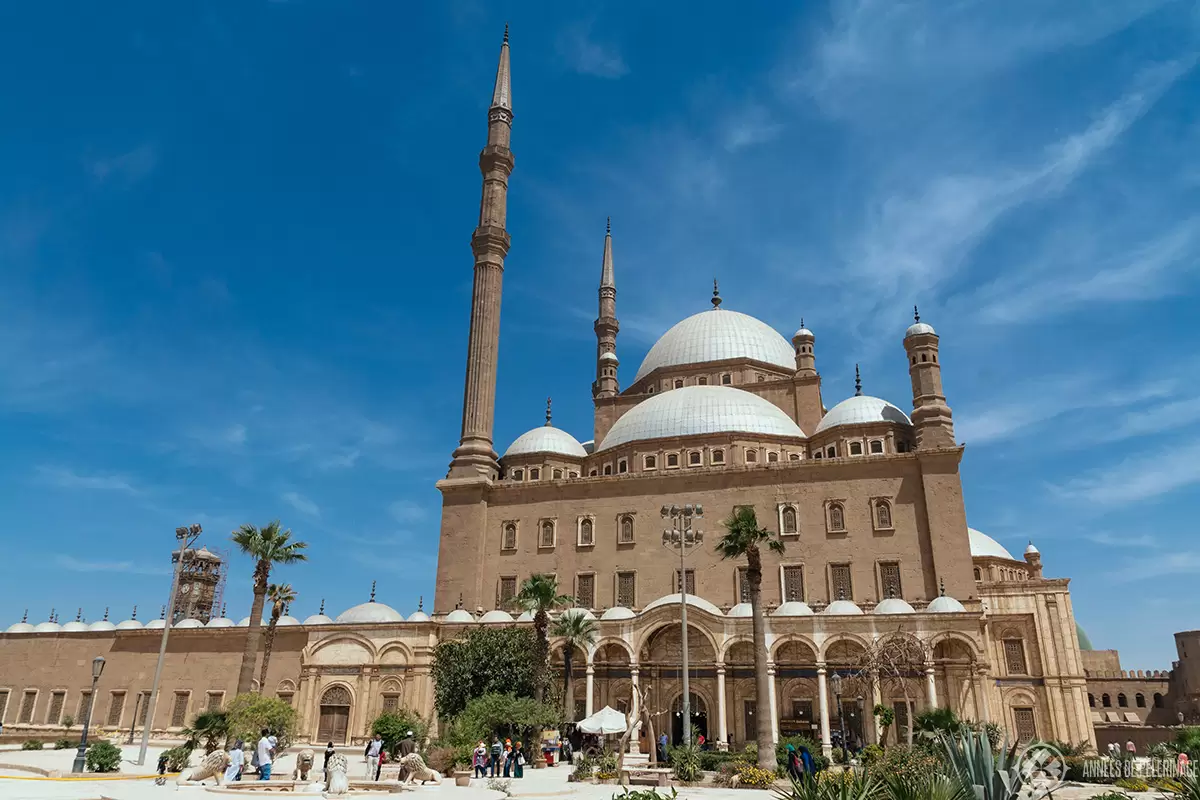
The Citadel Of Saladin was built by Saladin El Ayouby, towards the end of the 12th century. He was once a famous king and army leader, as well as the founder of the Ayyubid Dynasty. The Citadel has witnessed numerous historical events throughout Egyptian history
For many centuries, it was the seat of the king and his government in Egypt. Many dynasties including the Ayyubids, the Mamluks, and even some Ottomans had a turn ruling over Egypt from the citadel
Throughout different stages of Egyptian history, the citadel has always played a significant role in Egyptian politics. On some occasions, a king would rule over Cairo while another Sultan or ruler had control of the citadel. In fact, the Citadel has defended Egypt against many violent attacks throughout time.
Several important monuments were built in the Citadel of Saladin during its long history. This includes the marvelous Mosque of Mohamed Ali, which is truly the best example of the Ottoman architecture in Egypt. You will also find there, the Mamluk Mosque of El Nasser Mohamed, and the small charming Mosque of Suleiman Pasha El Khadim.
Today, the Citadel of Saladin is one of the most popular historical sites of Cairo and is included in almost every capital tours.
Other than the mosques, the citadel hosts four more interesting museums: the Military Museum, the Police Museum, the Royal Carriages Museum, and the Qaser El Gawhara Museum.
Located at the top of a high cliff, the citadel also provides tourists with magnificent views over the bustling cty of Cairo.
The Reasons behind the Construction of the Citadel and its Location
When Saladin took control of Egypt, with no resistance to be mentioned from the Fatimids )who ruled Egypt from the 8th till the 12th century), he decided that Cairo should have a fortified citadel to protect the city against future foreign attacks This was especially crucial during the threat of the crusaders, who were carrying military campaigns towards the Middle East during this time period.
Saladin found much inspiration in the Syrian and Lebanese citadels due to how fortified and protective they were. Recognizing the importance of having such a massive citadel to protect Cairo, he sent all his resources to construct the military structure.
After investigating many different locations in and around Cairo, Saladin decided to construct his citadel over the Mokatam Hill so it would overlook the whole city of Cairo and to be located at a high position that would give the occupants a strong advantage in an attack.
History of its Construction
Construction of the Citadel began in 1176, during the reign of Saladin. However, it wasn't completed until 1182 during the ruling period of Al Malek El Kamel. Al Malek el Kamel governed Egypt after Saladin and was the first king to live in the citadel.
Saladin insisted a strongly fortified citadel was needed to protect the city of Cairo against all manner of threats. It was said that he destroyed some small pyramids in Giza in order to take their stones to build his citadel and its walls. Many of the soldiers, of the army of Saladin, together with some crusaders that were captured by Saladin, worked together in the building of the citadel. It was viewed as a modern marvel of military architecture upon its completion.
Saladin also dug a water well inside the citadel to be used by the soldiers if the citadel ever came under seige. This well is considered to be one of the most difficult constructions ever achieved during the 12th century. It was 90 meters deep and a true marvel, dug inside the hardest rocks of the Mokatam Mountain.
Regarded as one of the most elegant fortresses to be constructed during the middle ages, the Citadel of Saladin in Cairo, with its strategic location, with a bird's eye view of the two closest cities at the time, Fustat and Cairo.
Moreover, being situated between the two cities, the Citadel of Saladin functioned well as a place to retreat if Cairo was ever taken. It was the true definition of fortress.
Historical Events the Constable Witnessed
The Citadel of Saladin in Cairo has witnessed several important events throughout the history of Egypt during the Ayyubid and Mamluks period. Even during the French invasion of Egypt, under the leadership of Napoleon Bonaparte in 1798, the citadel had an important role to play in defending the city, until at last the French soldiers stormed the citadel's walls.
Mohamed Ali, who was sent by the Ottoman Sultan in Istanbul to rule Egypt under his leadership. Although he had his own plans, making Egypt an independent state by breaking away from the Ottoman power in the 19th century, who had been lording over Egypt from the citadel.
In fact, it was in the Qaser El Gawhara or the Palace of the Jewel, which is located inside the Citadel of Saladin (transformed into a museum today), where Mohamed Ali invited the Mamluks leaders and brutally murdered them in the famous political event that was forever known afterward as the "Massacre of the Citadel"
The Gates of the Citadel of Saladin
El Mokatam Gate
This gate was named El Mokatam Gate because it was created near the Mokatam monitoring tower of the citadel. Constructed during the Ottoman period, this gate is now called the Salah Salem Gate, referring to the street where it is located today.
The Gate of Mokatam was constructed inside a thick wall made out of hard rocks to the South of the Tower of Mokatam. In 1785, a wall with several balconies was added to the gate during the reign of Mohamed Yakan Pasha, who constructed himself a palace near his gate. Unfortunately, the palace was laid to ruin as history took its toll.
When Mohamed Ali came to rule over Egypt he made many restoration and renovations to the Citadel of Saladin as he paved a way between Bab El Mokatam in the citadel and the road located below it, which was 650 meters long.
The Gate of El Mokatam was damaged from the winds of time and a large portion of the walls surrounding it was lost as well when the Egyptian government constructed the Salah Salem Road in 1955, when a new door was established where guests enter the citadel through today.
Bab Ed Hadded or the Iron Gate
Mohamed Ali started constructing the Iron Gate in 1822. It was to be the main gate of the Citadel of Saladin since it allowed larger cannons and equipment to enter the citadel. Mohamed Ali also paved a road connecting this gate to the rest of Cairo and it is today known as the Street of Bab El Hadeed.
The Iron Gate has two main facades; the Northern façade that overlooks the Bab El Hadeed Street near Dar El Mahfozat, and the Old Building of Archives that was connected to the Citadel, which is now about 15 meters long and about 18 meters high.
The Northern façade of the Iron Gate of the Citadel of Saladin has some truly extroidinary architectural elements such as the memorial plate that contains some facts about the construction of the gate.
The Middle Gate
Historians have long argued about the origin of the name of this gate. Some of them claim that it was named the Middle Gate because it was located in the middle of the two administration buildings, belonging to two Sultans; Sultan El Ghoury and Sultan Qalauan afterward.
Other theoriessupposed that it was called the Middle Gate simply because it was located between the two other main gates of the citadel; the Iron Gate and El Mokatam Gate.
In 1826, Mohamed Ali restored this gate, and the walls that surrounded it were part of his large restoration and renovation works that were carried out in the Citadel of Saladin. Under Mohamed Ali, there were other monuments added to the Citadel, among them the great alabaster Mosque of Mohamed Ali., a must-see.
The Citadel of Saladin will always remain one of the most important highlights of Cairo. Visiting the Mosque of Mohamed Ali, the Military Museum, viewing the marvelous architecture of the citadel, and watching Cairo from above are among the most interesting activities to be done as you tour the Egyptian capital.
